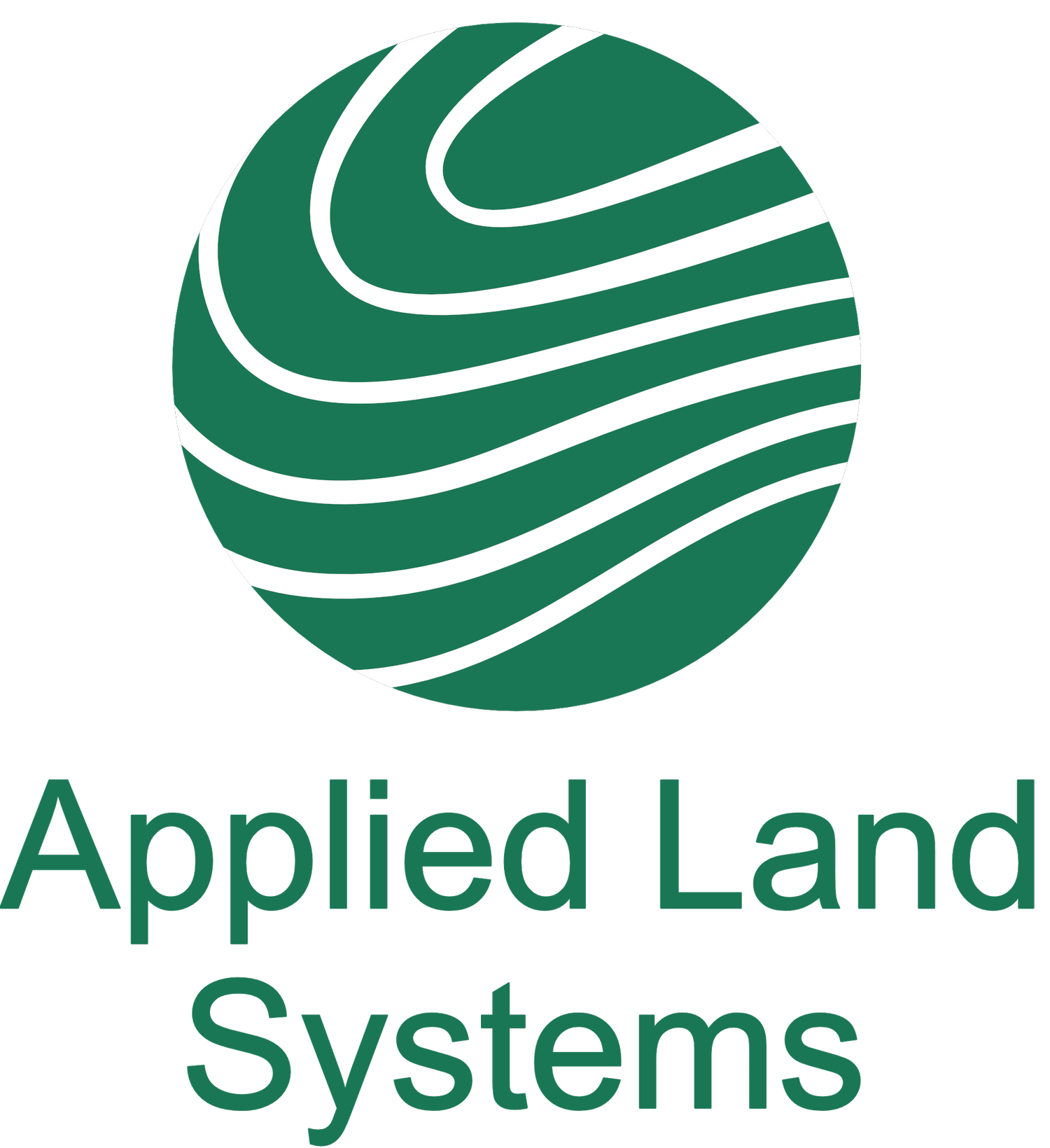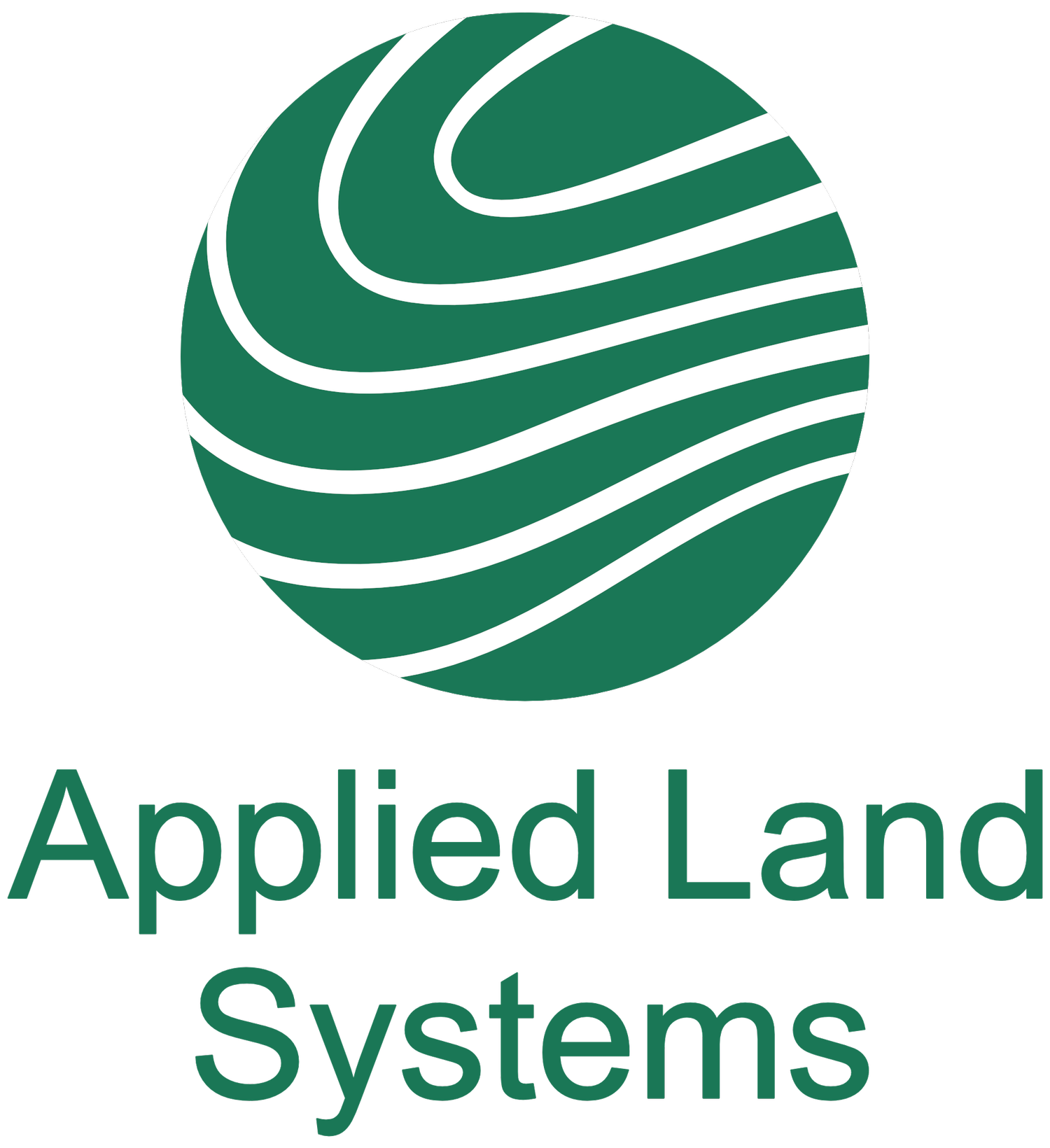GIS & MAPPING
The combination of Computer Aided Drafting (CAD) and database technology created the concept of a Geographic Information System (GIS). Location representations on a computer could now be intelligent in that attributes of the features represented could be interrogated for the information behind them. In addition, the reverse could be achieved by analysing the attributes and then presenting the results as a location graphic. Since this first GIS software appeared on the market the capability and scope of these systems have expanded exponentially. Examples of GIS software include ESRI’s ArcGIS, QGIS, Google Earth etc.
With the increased use of location-based information in business, GIS is also a powerful tool used in meeting outcomes more focused on business projects. Examples include the import of Australian Bureau of Statistics (ABS) data along with data captured at an administrative unit level or even per household. Combining these can provide insights into demographic trends and potential markets for services and products.
Applied Land Systems Pty Ltd has adopted ‘Manifold’ as its software of choice for this work. This software provides many common GIS capabilities and the potential to serve mapping interfaces on the internet. It also provides the interface between the data capture activities of the company and the technology used in the field including survey instruments and drones (RPAS).
The GIS provides the basis for all projects undertaken by the company as it enables
powerful data visualisation and editing
conversion between, and entry of many data formats
analysis in 2 or 3 dimensions
validation of data capture accuracy
preparation of scaled hardcopy maps etc.
Projects based on the GIS include all those mentioned in the Land Surveying section of this website; mapping; information system design and implementation; volume analysis; change detection; data presentation and analysis etc.
Drones (RPAS)
Applied Land Systems Pty Ltd uses drones (or Remotely Piloted Aircraft Systems RPAS) for several tasks. The flexibility of aerial image data capture offered by a drone in terms of time and cost makes them a valuable tool for small area mapping; facility inspection; visualisation, photo or video capture from locations that are otherwise inaccessible; etc. Internet-based software is available for small area photogrammetric mapping using drone images. This approach can eliminate much of the perspective distortion of a single image, to produce an orthophotography view of an area. When this is combined with field control and georeferencing, the result is further improved in its spatial accuracy. When this outcome is then combined with other data through a GIS, the opportunities are endless.
Mapping
Maps can be presented in digital form through a GIS, or as a PDF, image or hardcopy product. The traditional topographic map is a useful output but has the disadvantage of soon becoming out-of-date; having a fixed scale, and content limited to the specific purpose. When maps are created through the combination of technologies available to Applied Land Systems Pty Ltd, all these limitations can be overcome. The output is specific to the user’s needs and repeatable over short time frames. The outcome can then be transferred to a mobile device such as a phone, tablet or field computer for real-time field verification, comparison or update.








